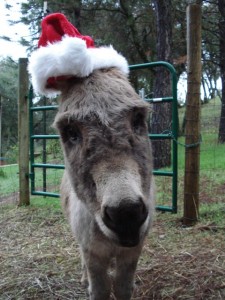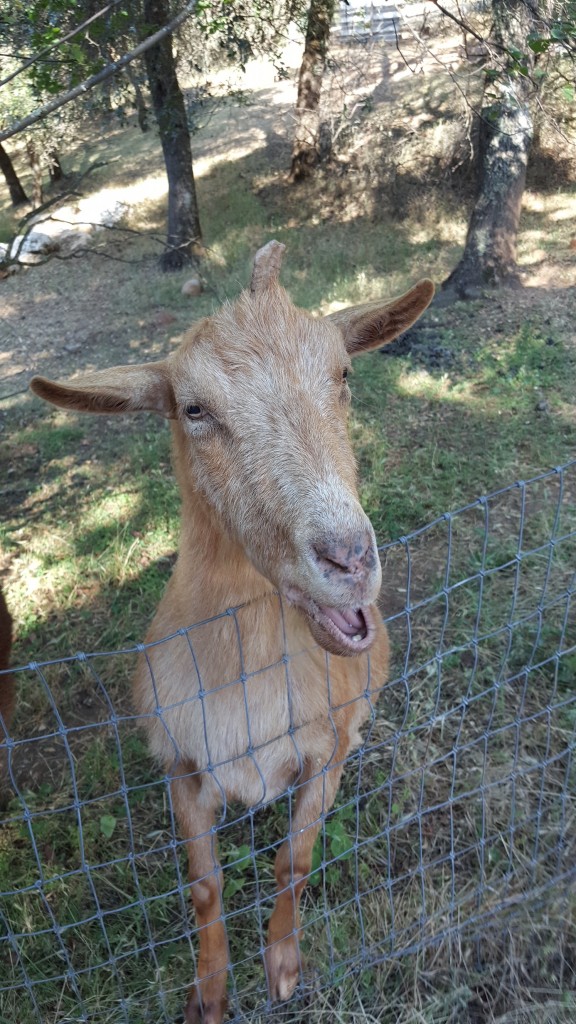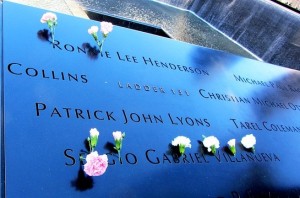Young or old, almost all of us who have had the pleasure of owning a pet, have reached that inevitable point where we lose them, due to old age, accidents, or disease. It’s sadder and often more heartbreaking than we acknowledge sometimes. And as I have noticed, the older I get, the more pets get added to the list of Rainbow Bridge crossers.
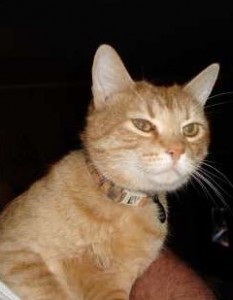
After having to put down our old cat last year, and watching others deal with losing their own special pets, it got me thinking about our beloved animals, what they mean to us, and how they seem to fade away as mere memories after. I also thought about the one who was a pet’s “person.” The “person” has connected with that pet on a whole different level, and the pet has returned the same intimate bond (for me, that was my first dog as an adult, Poppy).
That led me to think about how someone could be helped through that hard part, how to acknowledge the pain but also bring a bit of joy to their grief. When I visited my great aunt in Maine a few years ago, she hobbled around showing me different things in her house, but one area stuck with me. In her bedroom she had pictures on a special wall dedicated to important people she had lost. Her husband, brother, and nephew were all displayed there. She said that before bed each night she said a prayer for each them, pictured them in heaven as she kissed her hand and touched each picture, a small but meaningful gesture for her. I thought it was touching that she paid a daily tribute to her loved ones that were no longer with her.
Somehow, this translated in my brain to losing a pet and how it would help people to think of them in a special place, possibly feeling a little better about the loss, and imagining their pet back in the prime of their lives. Ideally, they could find some joy in their grief, when it’s fresh or long after when the pain is less so but still present.
From this, an idea turned into a real thing. I started Forever Loved Pets and created Pet Remembrance Prints, a way to celebrate the life of one’s passed pet while honoring them too. It’s a print with the image of the ideal place that pets go after they pass

the Rainbow Bridge, a “pet heaven” of sorts where all of the animals are happy, healthy, pain-free, and enjoying each day.

There is a cut-out at the top to insert a picture of one’s pet so owners can imagine their animal residing there. My hope is that it can hung on the wall and passed by each day, helping that person remember their pet in a special way in a beautiful setting, bringing a smile to their face and a little warmth in their heart.
I’m also hoping people will buy this for themselves or for others, “the person” who is grieving and needs a way to celebrate their pet; ideally, to find some joy in their grief. Losing a pet is an experience like no other. One of the hardest parts, in my opinion, is coming home to that empty food bowl that will not be re-filled. I want this print to help people through that time. There is joy to be found in grief, although it isn’t the easiest to access.

If you’re interested or know someone who might be, please pass it on. Pets and their people are important. Let’s acknowledge them so they can get through a hard time with a little less pain.
 bring a smile or a tear in remembrance, but they can’t stand in for anything more than that. (It was more comforting to have a favorite picture of her around than a beloved China set anyway.)
bring a smile or a tear in remembrance, but they can’t stand in for anything more than that. (It was more comforting to have a favorite picture of her around than a beloved China set anyway.) These days, I try to think of and point out the funny little quirks my mom had (and she had quite a few). It makes me feel like she still lives on in some way. My kids know her silly sayings and sometimes goofy mannerisms. My brother, husband, and I will bring them up when we notice something that reminds us of her. It helps. We know she won’t be coming back, and I honestly would not want her to be back in the same situation, but each day I can remember the things about her that make me smile. And on the days when it feels too hard, I know that they will eventually pass. She is gone but not forgotten. Miss you, Ma.
These days, I try to think of and point out the funny little quirks my mom had (and she had quite a few). It makes me feel like she still lives on in some way. My kids know her silly sayings and sometimes goofy mannerisms. My brother, husband, and I will bring them up when we notice something that reminds us of her. It helps. We know she won’t be coming back, and I honestly would not want her to be back in the same situation, but each day I can remember the things about her that make me smile. And on the days when it feels too hard, I know that they will eventually pass. She is gone but not forgotten. Miss you, Ma.
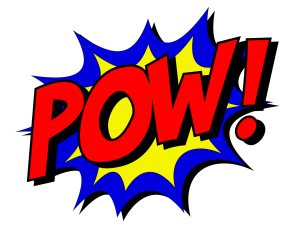 (because now he requires an article to sound more important) is pretty dark in almost all aspects, from the actual lack of lighting in the film to the character himself. As someone said, he’s the “emo Batman” with his smudged eye make-up and the lonely, gritty life he leads. A digital production company decided to take the “original” Batman, Adam West, and put him in The Batman’s trailer. They titled it, “The Batman but with the Goofy Batman.” It’s an entertaining watch to see the original Batman in tights with familiar visual sound effects “BAM!” “KAPOW!” etc. in the mean streets of Gotham City. What it made me think about, though, was Batman’s progression from campy entertainment to dark and violent justice. What does this say about what viewers want to see and what filmmakers create? Do we all want the latest version of Batman to be haunted by his past while ruthlessly killing his foes or would we occasionally like to see some ridiculous dancing and ludicrous situations? I vote for men in tights and silly lines, most others (including my brother, a dedicated fan) would vote otherwise. Do a quick search for “Adam West in the Batman” to check it out and see what you think.
(because now he requires an article to sound more important) is pretty dark in almost all aspects, from the actual lack of lighting in the film to the character himself. As someone said, he’s the “emo Batman” with his smudged eye make-up and the lonely, gritty life he leads. A digital production company decided to take the “original” Batman, Adam West, and put him in The Batman’s trailer. They titled it, “The Batman but with the Goofy Batman.” It’s an entertaining watch to see the original Batman in tights with familiar visual sound effects “BAM!” “KAPOW!” etc. in the mean streets of Gotham City. What it made me think about, though, was Batman’s progression from campy entertainment to dark and violent justice. What does this say about what viewers want to see and what filmmakers create? Do we all want the latest version of Batman to be haunted by his past while ruthlessly killing his foes or would we occasionally like to see some ridiculous dancing and ludicrous situations? I vote for men in tights and silly lines, most others (including my brother, a dedicated fan) would vote otherwise. Do a quick search for “Adam West in the Batman” to check it out and see what you think.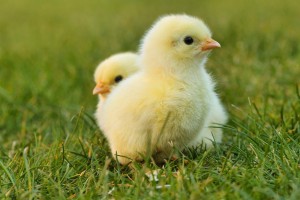 We recently got chicks (baby chickens, that is) as we do almost every year. What is so incredible about a chick is its instinctual ability to survive almost immediately upon hatching. It begins to peck for food, drink water, and seek out the warmth of the heat lamp from the moment we receive them. They don’t technically need a mother hen (though it is nice for them to have one for the protection) because they inherently know what to do from the very start. Humans, and probably most mammals, don’t have a fighting chance, not from birth anyway. We need the care of someone to survive initially. We have instincts too, of course, but as time goes by, we usually explain those away with our thoughts and emotions. A chick’s simplicity – to eat, drink, sleep, poop, repeat from the very start – is admirable.
We recently got chicks (baby chickens, that is) as we do almost every year. What is so incredible about a chick is its instinctual ability to survive almost immediately upon hatching. It begins to peck for food, drink water, and seek out the warmth of the heat lamp from the moment we receive them. They don’t technically need a mother hen (though it is nice for them to have one for the protection) because they inherently know what to do from the very start. Humans, and probably most mammals, don’t have a fighting chance, not from birth anyway. We need the care of someone to survive initially. We have instincts too, of course, but as time goes by, we usually explain those away with our thoughts and emotions. A chick’s simplicity – to eat, drink, sleep, poop, repeat from the very start – is admirable.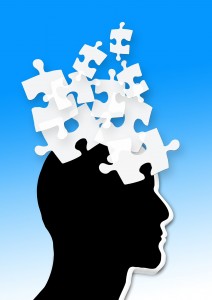 podcast Brené Brown interviewed Dr. Amishi Jha, a neuroscientist who has studied memory and the brain. She says that when many of us get older and “can’t seem to remember where we put things,” it’s because we aren’t paying attention to where we put something, not that we’re getting dementia or that our old brains don’t work as well. My dear friend Vicki was infamous for losing her car keys since the day she got her driver’s license. It’s interesting to know that she wasn’t forgetful so much as not being mindful of where she set them down (and they could end up anywhere). However, the rest of us can still lose our glasses while they sit on top of our heads…
podcast Brené Brown interviewed Dr. Amishi Jha, a neuroscientist who has studied memory and the brain. She says that when many of us get older and “can’t seem to remember where we put things,” it’s because we aren’t paying attention to where we put something, not that we’re getting dementia or that our old brains don’t work as well. My dear friend Vicki was infamous for losing her car keys since the day she got her driver’s license. It’s interesting to know that she wasn’t forgetful so much as not being mindful of where she set them down (and they could end up anywhere). However, the rest of us can still lose our glasses while they sit on top of our heads…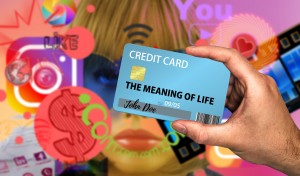 cause I can’t understand why people like these women and what makes them so popular, except for their ridiculous wealth…. “Good for them, not for me.”)
cause I can’t understand why people like these women and what makes them so popular, except for their ridiculous wealth…. “Good for them, not for me.”) If you had any fun and exciting travel plans this summer, or camps or sports for your kids, you’re probably starting to get the feeling that they’re not going to happen. Just like the spring when, one by one, event after event got nixed, so is the summer. Yes, places are slowly attempting to re-open, but they do so while maintaining difficult, and sometimes impossible, restrictions on the number of people allowed, adequate spacing, and many mask and glove requirements. So even if some of these plans did go forward, they sure wouldn’t be much fun.
If you had any fun and exciting travel plans this summer, or camps or sports for your kids, you’re probably starting to get the feeling that they’re not going to happen. Just like the spring when, one by one, event after event got nixed, so is the summer. Yes, places are slowly attempting to re-open, but they do so while maintaining difficult, and sometimes impossible, restrictions on the number of people allowed, adequate spacing, and many mask and glove requirements. So even if some of these plans did go forward, they sure wouldn’t be much fun.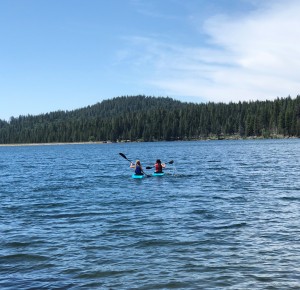 What that might look like, I still don’t have a clear picture of yet, but I told my daughter that we will be visiting lots of places with water in lieu of a pool (and thankfully, we can do that where we live in the middle of nowhere). For those of you who had that great trip planned, the disappointment and the pain of getting refunded is probably extreme, and I am sorry about that. No one wants to continue this way. But, can we find ways to make the best of it? We can wait (which many of us have a hard time doing) until it’s safer to go on that trip (because it really wouldn’t be much fun right now anyway). In the grand scheme of things, so far, we have had two seasons of one year altered from the way we expect them. That’s six months out of the many years that we live. Yes, we can get through it, children and adults too.
What that might look like, I still don’t have a clear picture of yet, but I told my daughter that we will be visiting lots of places with water in lieu of a pool (and thankfully, we can do that where we live in the middle of nowhere). For those of you who had that great trip planned, the disappointment and the pain of getting refunded is probably extreme, and I am sorry about that. No one wants to continue this way. But, can we find ways to make the best of it? We can wait (which many of us have a hard time doing) until it’s safer to go on that trip (because it really wouldn’t be much fun right now anyway). In the grand scheme of things, so far, we have had two seasons of one year altered from the way we expect them. That’s six months out of the many years that we live. Yes, we can get through it, children and adults too.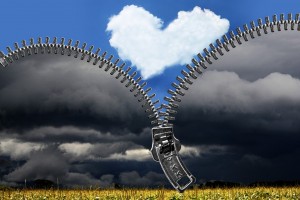 California anyway). We’re starting week three of shelter in place, only going out for food or necessities, and for my family, homeschooling. These are trying times, indeed. By Friday, school is out and we need that break – from each other. Despite the inconveniences, and hardships for many who aren’t working right now, we can try to find the good, even if we don’t really feel like it (and I can tell you that no one in Target yesterday felt like it, not even a smile could be had). Here they are anyway:
California anyway). We’re starting week three of shelter in place, only going out for food or necessities, and for my family, homeschooling. These are trying times, indeed. By Friday, school is out and we need that break – from each other. Despite the inconveniences, and hardships for many who aren’t working right now, we can try to find the good, even if we don’t really feel like it (and I can tell you that no one in Target yesterday felt like it, not even a smile could be had). Here they are anyway: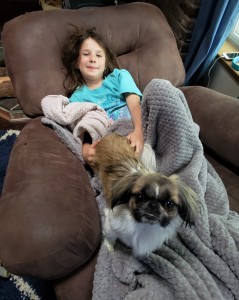 do most of the time we’ve found). So, even if you don’t own a dog, know that those who do are happier and that’s good (as we know, cats could care less).
do most of the time we’ve found). So, even if you don’t own a dog, know that those who do are happier and that’s good (as we know, cats could care less).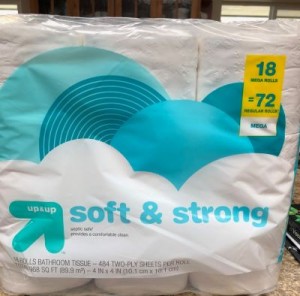 our view for the better. Feeling stuck gets me anxious, frustrated, and clawing at the cage to get out. Feeling safe gives relief and calm. I’m reminding myself of this often.
our view for the better. Feeling stuck gets me anxious, frustrated, and clawing at the cage to get out. Feeling safe gives relief and calm. I’m reminding myself of this often.
